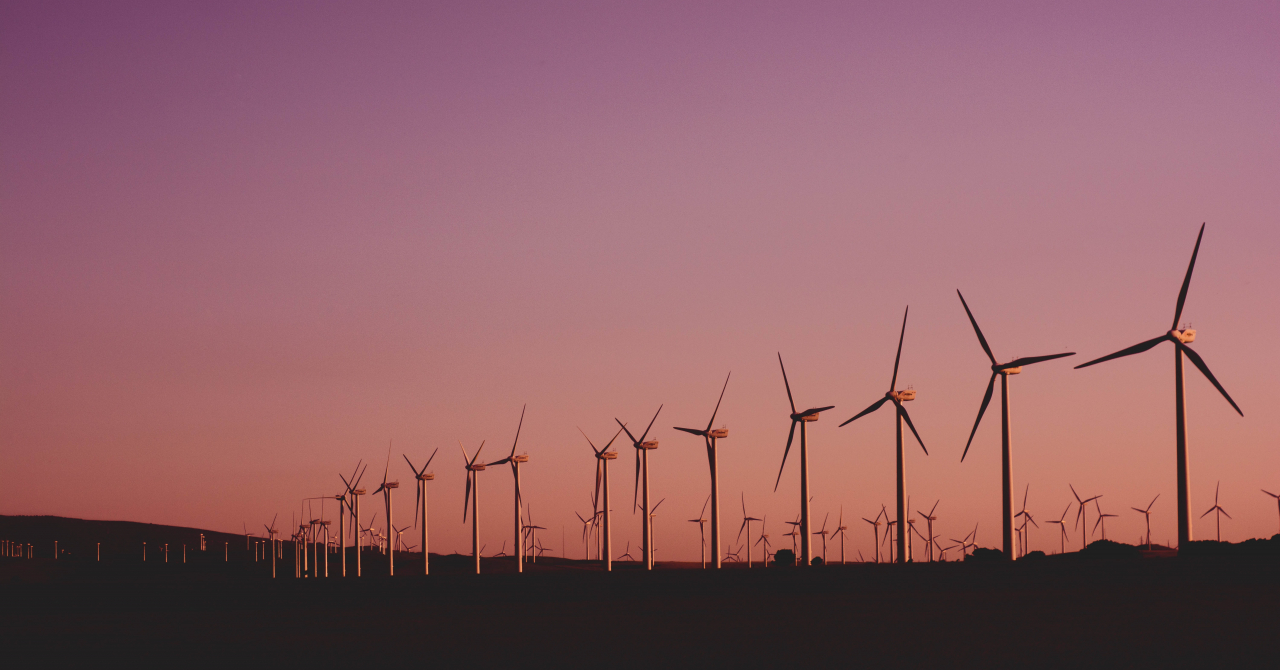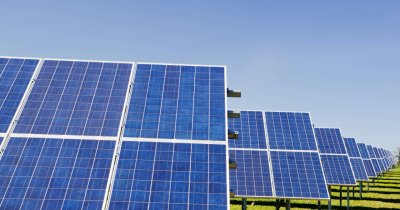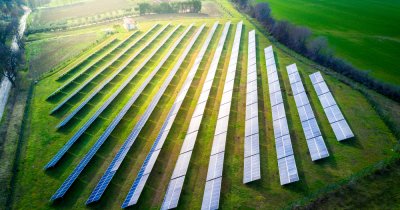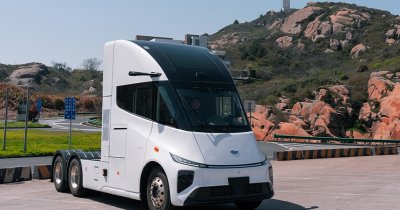According to Reuters, Norway is one of the biggest petroleum producers in Western Europe and the country aims to reduce its carbon footprint by 55% by the next decade.
As of 2021, however, only 4.5% of the emissions were cut, according to official statistics.
The country's offshore platforms can't be connected to the hydropower grid either, as water reserves have hit their lowest point in 20 years, which caused energy prices to go up.
The offshore petroleum rigs are responsible for nearly a quarter of Norway's emissions, since they use gas in order to function.
Eide said that "an alternative would be an early phase out of old fields rather than retrofitting (those) with electricity."
"I think the better answer is to build more electricity capacity. The idea is that most of the additional electricity for the platforms will come from offshore wind", the minister added.
Country officials also plan that, by 2040, Norway will have around 30 GW of offshore wind power deployed, which would be about as much as its hydropower output is today.
The climate minister is also hopeful that the whole energy prices increase will accelerate new clean energy projects, such as onshore wind plants and even floating solar parks on the reservoirs of hydro power plants.
"We are quite confident that... we will be able to restart some of this (onshore wind projects) now", he added.
 Mihai - Cristian Ioniță
Mihai - Cristian Ioniță












Any thoughts?